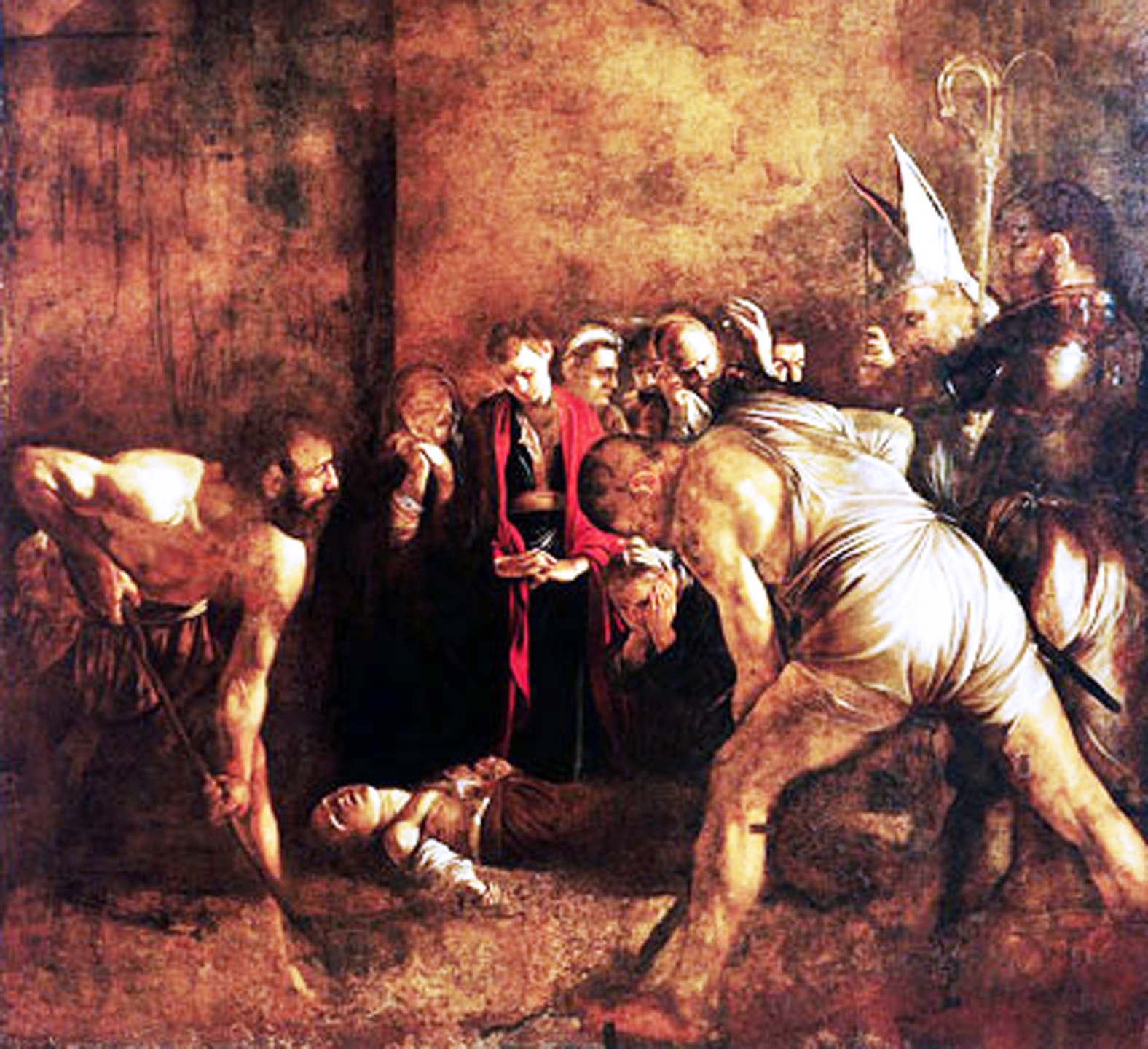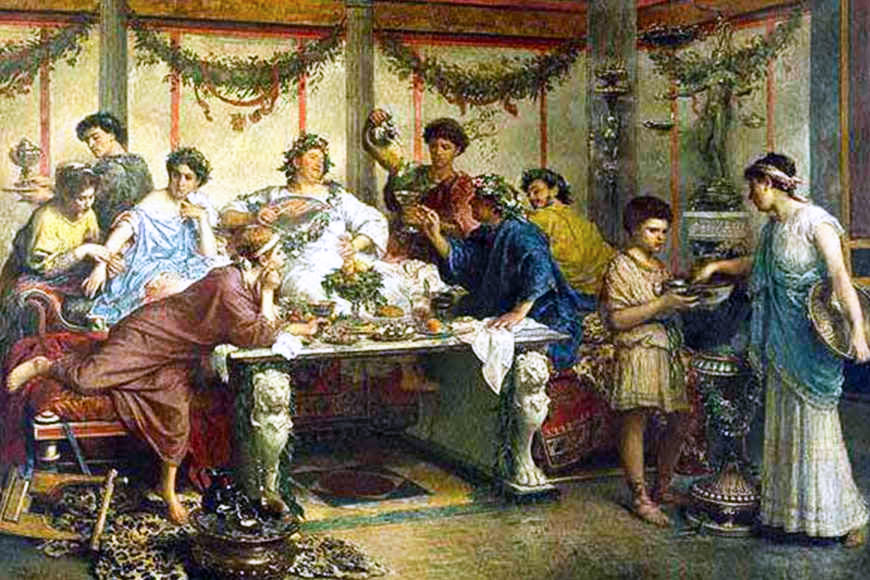Santa Lucia, il giorno piu’ corto che ci sia translates to Santa Lucia, the shortest day of the year. Every Italian child knows this saying, said on December 13 of each year to celebrate the feast of Santa Lucia. Although the feast day of St. Lucy takes place a week before the Winter Solstice, it remains a splendid way for the Saint to be remembered, especially during the busy days spent prepare for the joyous Christmas holiday.
Saint Lucy was born in Sicily in the 3rd century to a wealthy family. She was a devout Christian at a time when Christians were heavily persecuted and vowed to live as a virgin in devotion to Christ. Her mother; however, arranged a marriage for her to a pagan suitor. To dissuade her mother by proof of a miracle, Lucy prayed at the tomb of St. Agatha that her mother would be cured of a long term illness. When the miracle happened, her mother agreed to call off plans for the wedding.
Lucy’s suitor, it seems, had other plans. Incensed at being jilted, he revealed her to be a Christian. When the Roman authorities came to arrest Lucy, planning to force her into slavery, they were unable to move her. They tied her to a team of oxen and still the Saint could not be moved. The authorities then planned to torture her by burning her with fire, but it the fire would not stay it. In a fit of rage, the brutal men tore her eyes out and killed the innocent girl. St. Lucy thus became the patron of the blind and is often depicted carrying her eyes, tied to a team of oxen. Her name, “Lucia,” means “Light,” which plays a role in the customs of her feast day.
The feast of Saint Lucy is celebrated differently throughout the regions of Italy. In the northern regions of Lombardy and Veneto, Saint Lucy’s Day is celebrated with outdoor markets, offering candies and handmade products to buy as gifts. While Saint Lucy’s Day is a day of merriment and exchanging gifts and sweets in northern regions of Italy, in the southern regions of Calabria and Sicily, the day is marked with far more veneration.
In southern Italy, the feast of Santa Lucia is a religious event, without gifts, markets or sweets. The most important celebration takes place in Siracusa, Sicily, where Lucia was born, martyred and is the Patron Saint. On the evening of December 12th, during a religious ceremony in the cathedral, the silver statue of Santa Lucia is moved from its chapel to the high altar. The next day, the statue is carried in a procession of 60 men wearing traditional green hats through the city. Torches in honor of the Saint of Light are carried during the procession which last for seven hours, with stops at numerous churches, ending with a celebration at the sea. Patrons follow the statue and the devoted line the streets to pray to the beloved saint.
During the feast of Santa Lucia, a traditional dish prepared and eaten not only in Siracusa but in all of Sicily is called Cuccìa. It is a sweet dish made of boiled wheat, prepared in different ways in the various parts of the region. The dish originated in the city of Palermo. According to legend, some centuries ago the region was suffering a terrible famine and people had nothing to eat. On December 13th a mysterious ship full of wheat, believed to be sent by Santa Lucia, arrived at Palermo’s harbor. People immediately started to boil and eat it, as they were too hungry to wait for it to be milled and made into bread. Today, cuccia is eaten throughout the region to thank and celebrate Santa Lucia.





